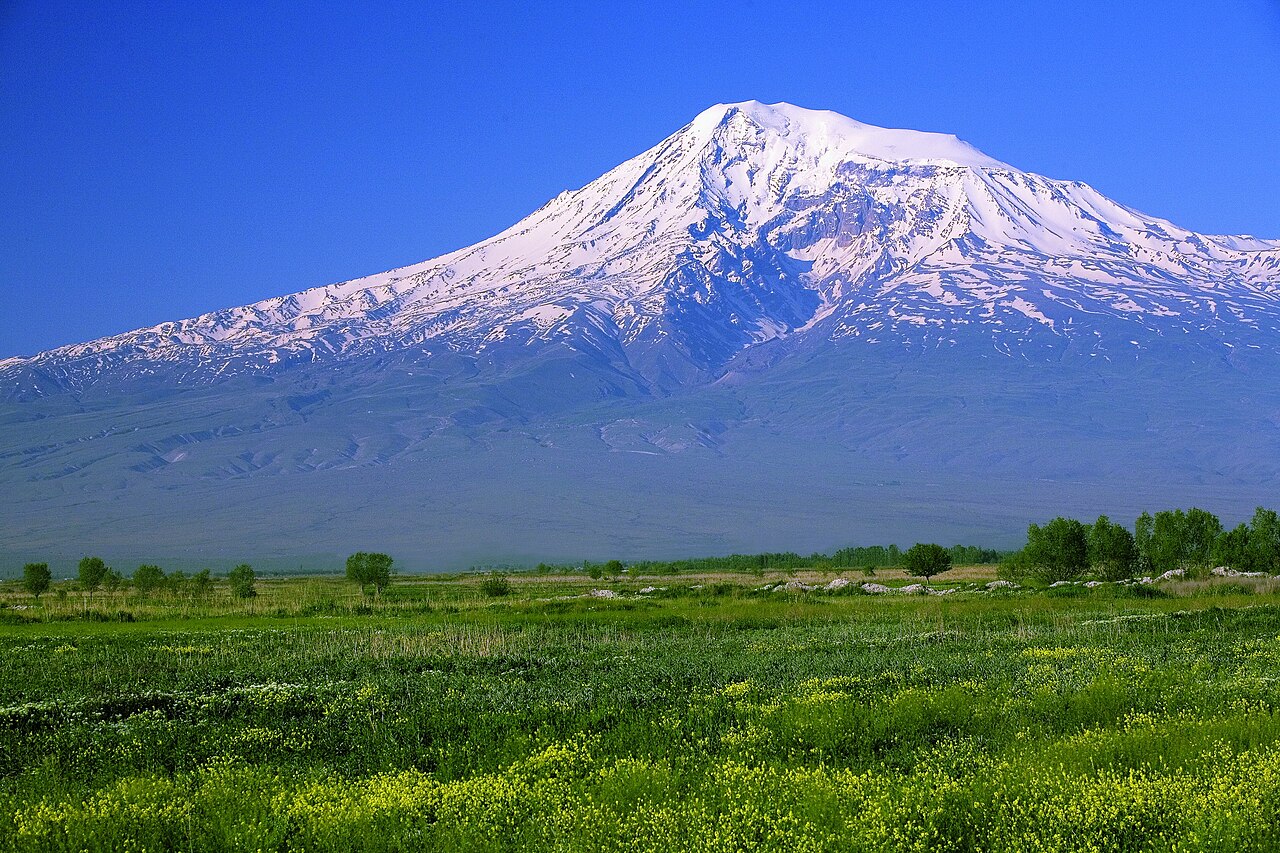Climate weather
The climate of Turkey
Turkey is located in the zone of subtropical climates, but it covers a large area, additionally differentiated by physical properties. That is why we find here places with tropical conditions and such, in which eternal snows persist.
There is a humid Black Sea climate on the Black Sea coast and the northern slopes of the Pontic Mountains, exposed to the northern winds from Russia, which cause high levels of rainfall (from 850 mm per year in the west to 2500 mm in the east). Precipitation is distributed evenly throughout the year, and this, in combination with their abundance, positively influences the vegetation conditions of the vegetation, as evidenced by the great diversity of flora and fauna species, as well as the largest afforestation in all of Turkey. In the higher parts of the mountains there is snowfall in winter; in general, the Black Sea climate resembles that of Croatia or the southern coast of France.
Average air temperatures in individual regions of the country (°C)
| city | January | July |
| Ankara | -0,5 | 22,5 |
| Antalya | 10 | 28 |
| Kars | -13 | 19 |
| Izmir | 8 | 27 |
| Samsun | 7 | 24 |
| Istanbul | 3 | 28 |
| Van | -7 | 30 |
In central and eastern Anatolia, there is a dry continental climate, and the surrounding high mountains block the access of rain clouds. The winters are cold and snowy, and dry and hot summers. This is characteristic of the mountain climate, therefore in the east, where the mountains are higher and there are more of them, this trend is even more evident. The peaks and valleys are covered with a thick layer of snow in winter, and in summer the temperature reaches even 40 ° C. Such harsh conditions made the area poorly populated. The Southeast is very dry and hot, and the area is covered with undulating steppes stretching between sparse rocks. Humidity in this region is the lowest in the country (350 mm), while in the central part it comes to 500 mm. Winters in eastern Anatolia can be really cold, the temperature in Erzurum or Karsa can sometimes drop to -40 ° C.
The case of the Mediterranean and Aegean coasts is completely different, where the Mediterranean climate prevails, however, in the northwest it is mild. Warm winds blowing along the banks are saturated with water vapor, which is partly replaced by the lack of rainfall, whose annual quantity does not exceed 400 mm. The winters are warm, and in the summer there is always beautiful weather. The summer heat intensifies, going from west to east, towards Syria.
Marmara Sea Region, that is around Istanbul, it is distinguished by a mixture of continental and mild Mediterranean climate. There are no great fluctuations in temperature or precipitation here. Spring is similar to Poland, same autumn. Winter, on the other hand, is much milder, and the summer is warmer and longer. The amount of precipitation is on average 700 mm per year.
